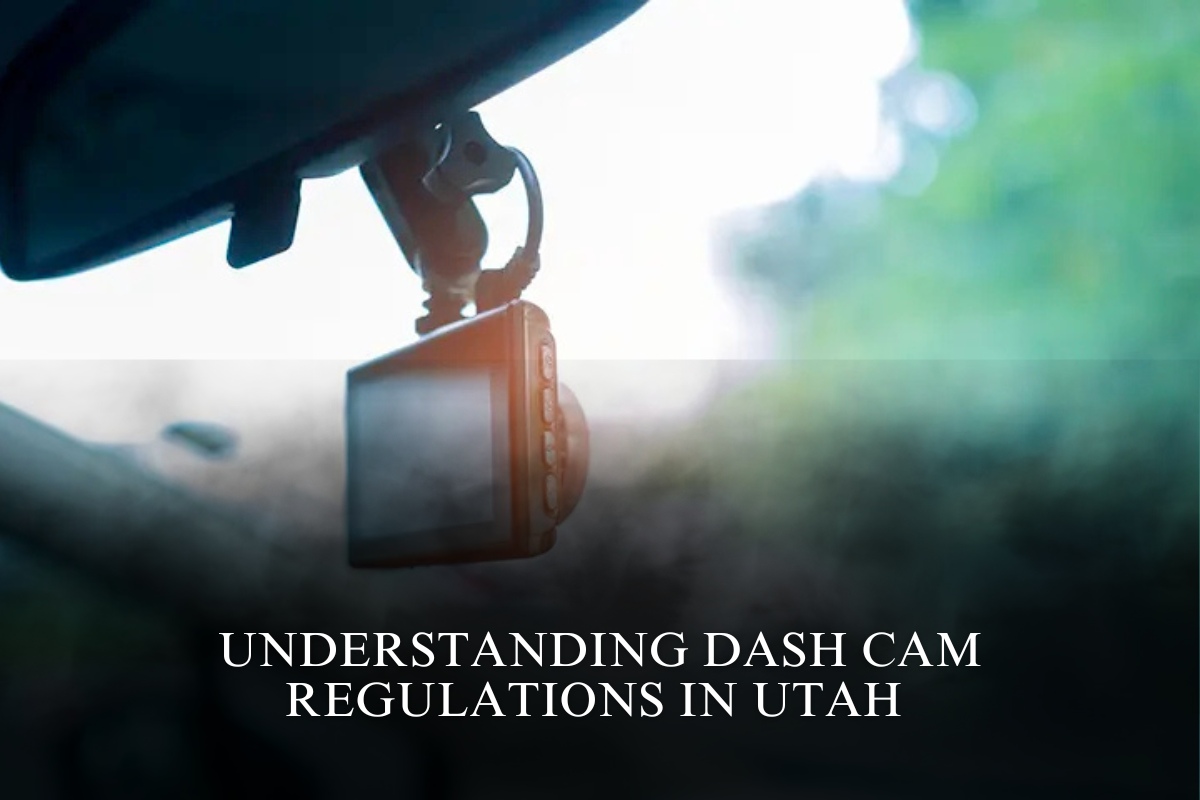Dash cams have become increasingly popular among drivers for their ability to provide evidence in the event of accidents or disputes. In Alaska, the use of dash cams is legal, but there are specific regulations regarding their placement and the recording of audio that drivers should be aware of to avoid legal issues.
Legality and Placement of Dash Cams
Alaska law permits the installation and use of dash cams in vehicles, provided they do not obstruct the driver’s view. The state has clear guidelines on the permissible size and placement of these devices. If you mount a dash cam on the driver’s side of the windshield, it must be smaller than five square inches.
For example, a device measuring two inches by two inches is allowed, but a three-inch by three-inch device would exceed the legal limit. On the passenger side, the dash cam can be up to seven square inches, offering a bit more flexibility for placement as long as it does not interfere with the driver’s line of sight.
Improper mounting, such as exceeding the size limits or placing the dash cam in a way that blocks your view, can result in fines or citations. Therefore, it is essential to ensure that your dash cam is installed in compliance with these regulations to avoid penalties and to ensure the footage is admissible in court if needed.
Audio Recording and Privacy Laws
When it comes to recording audio, Alaska is a single-party consent state. This means that you are legally allowed to record conversations in your vehicle as long as at least one person involved in the conversation consents to the recording—which can be you, the driver.
However, it is considered good practice to inform passengers that audio recording is taking place, as this can prevent misunderstandings and potential privacy disputes. Recording without proper consent in situations where privacy is expected could still lead to legal complications.
Using Dash Cam Footage
Dash cam footage that is recorded in compliance with Alaska’s mounting and privacy laws is generally admissible as evidence in court or for insurance claims. However, footage obtained in violation of placement or privacy rules may not be accepted and could even result in legal trouble for the driver.
Dash cams are legal in Alaska as long as they do not obstruct the driver’s view and adhere to the specified size limits—less than five square inches on the driver’s side and less than seven square inches on the passenger side.
Alaska’s single-party consent law allows you to record audio in your vehicle, but informing passengers is recommended. By following these regulations, drivers in Alaska can benefit from the safety and legal protection that dash cams provide, while avoiding fines and privacy violations.
Sources
[1] https://www.expertmarket.com/dash-cams/dash-cam-laws-by-state
[2] https://www.redtigercam.com/blogs/news/dash-cam-safety-legal-protection
[3] https://matrackinc.com/dash-cam-laws-by-states/
[4] https://www.gpsinsight.com/blog/are-dash-cameras-legal-in-commercial-vehicles/
[5] https://gpstrackit.com/blog/what-are-the-dashcam-regulations-in-each-state/











